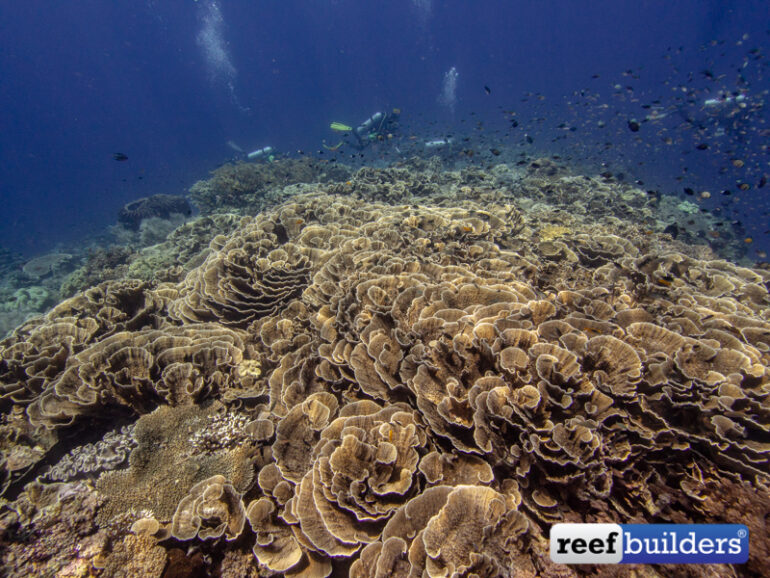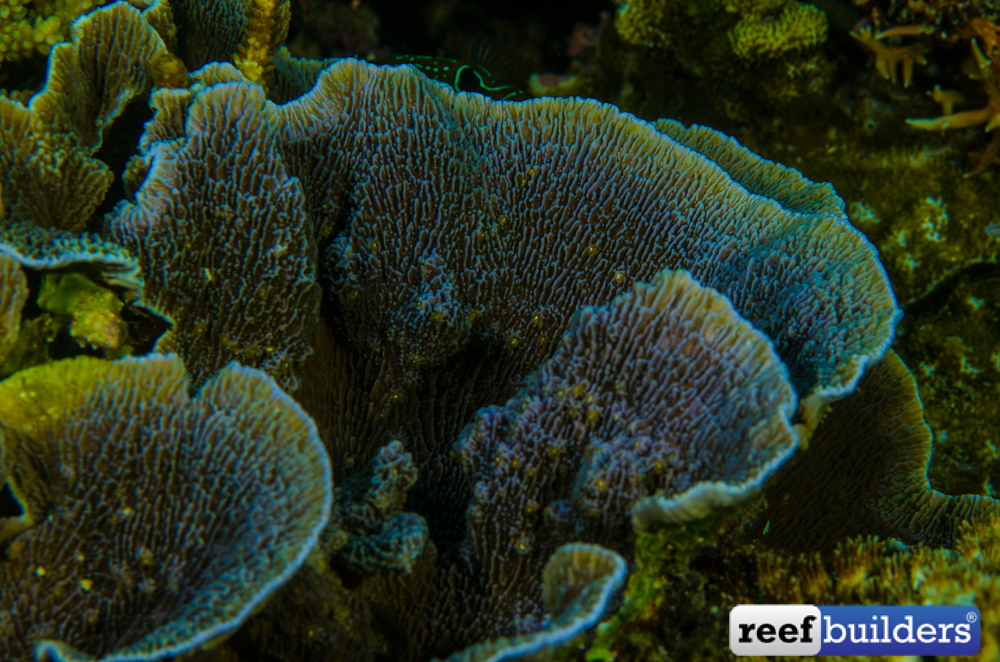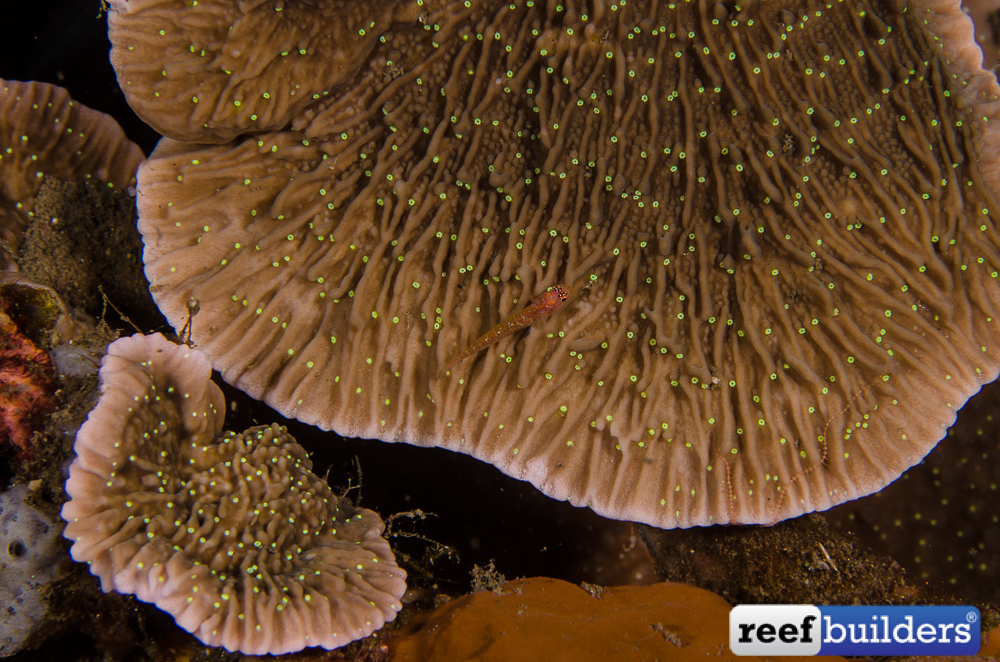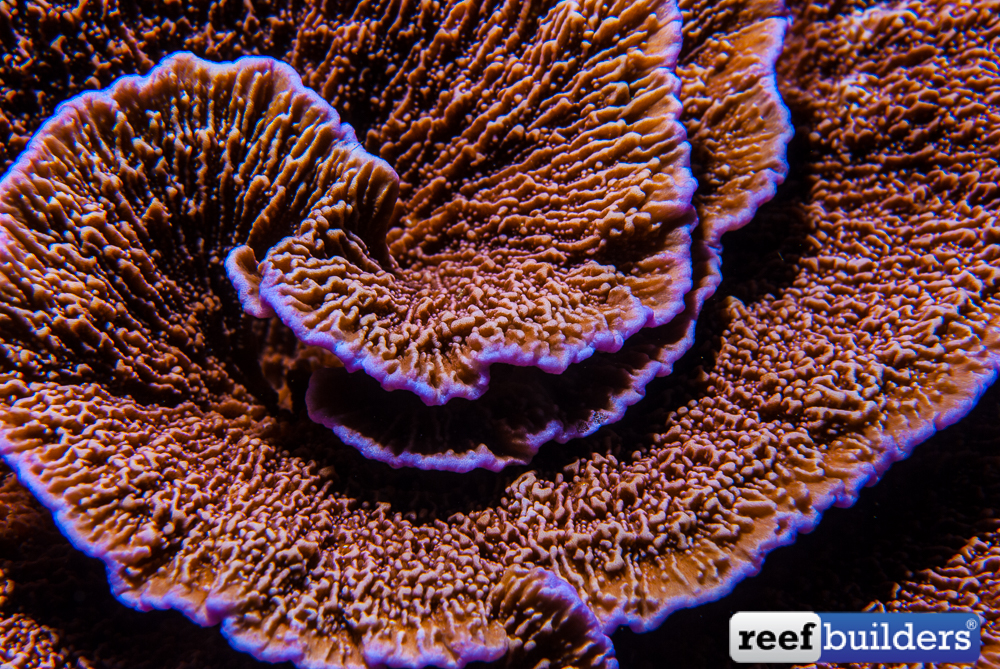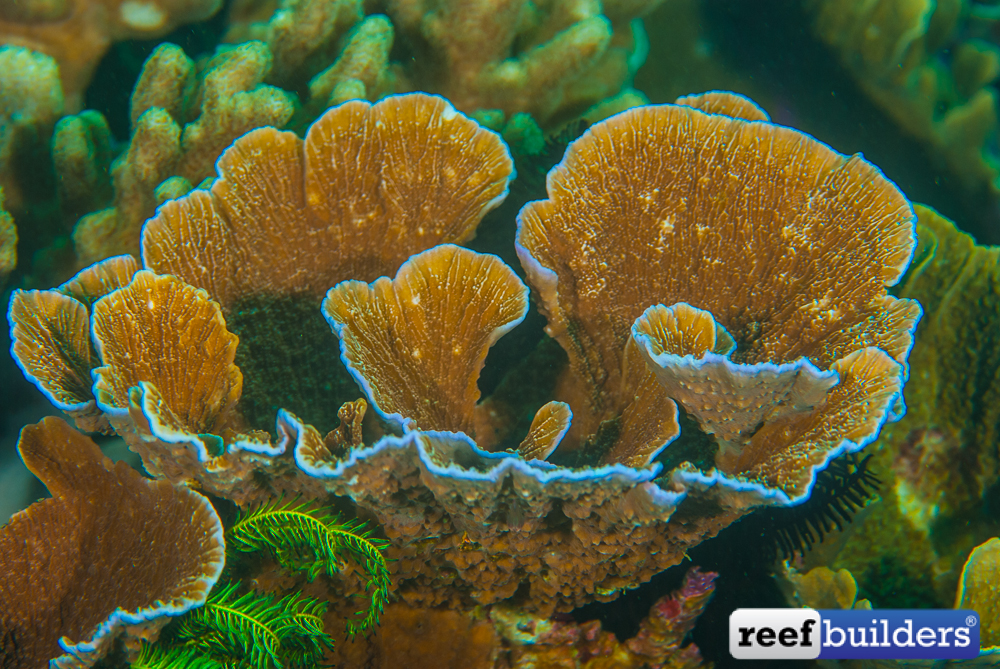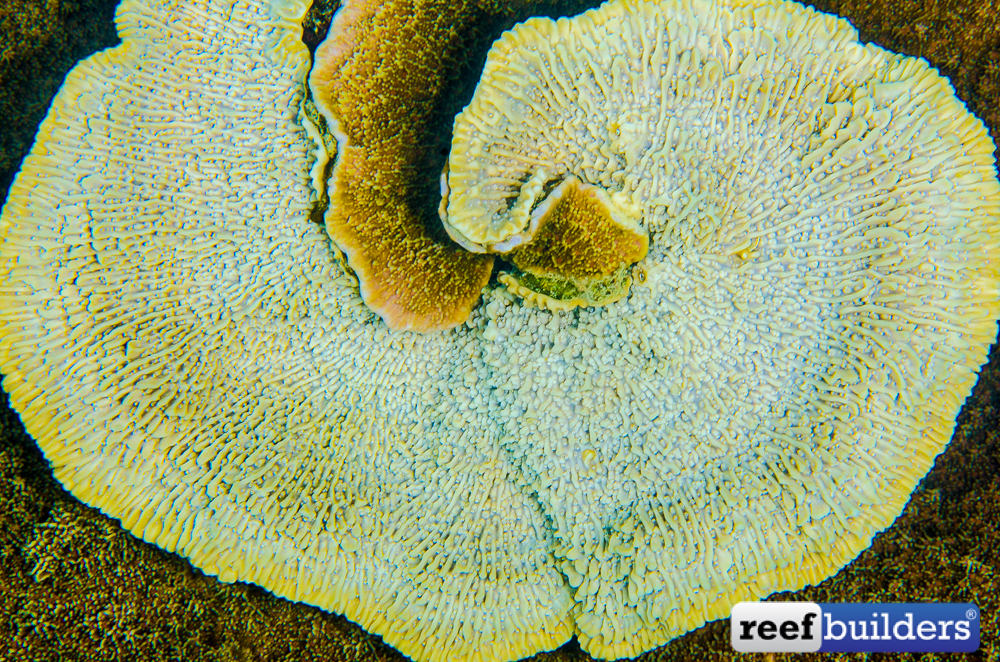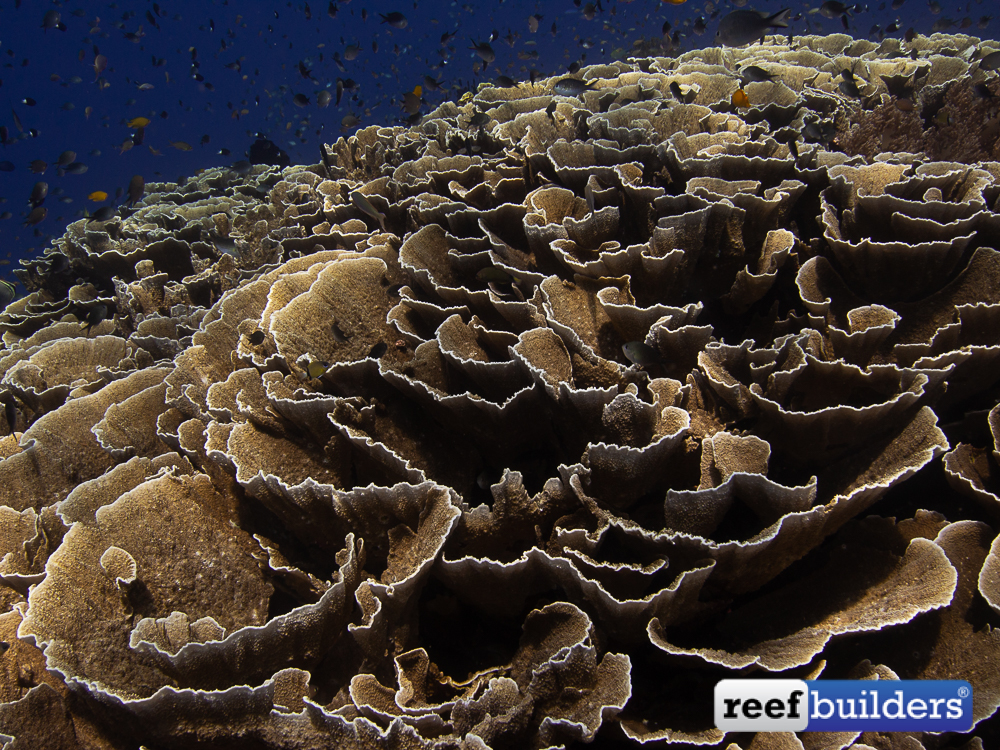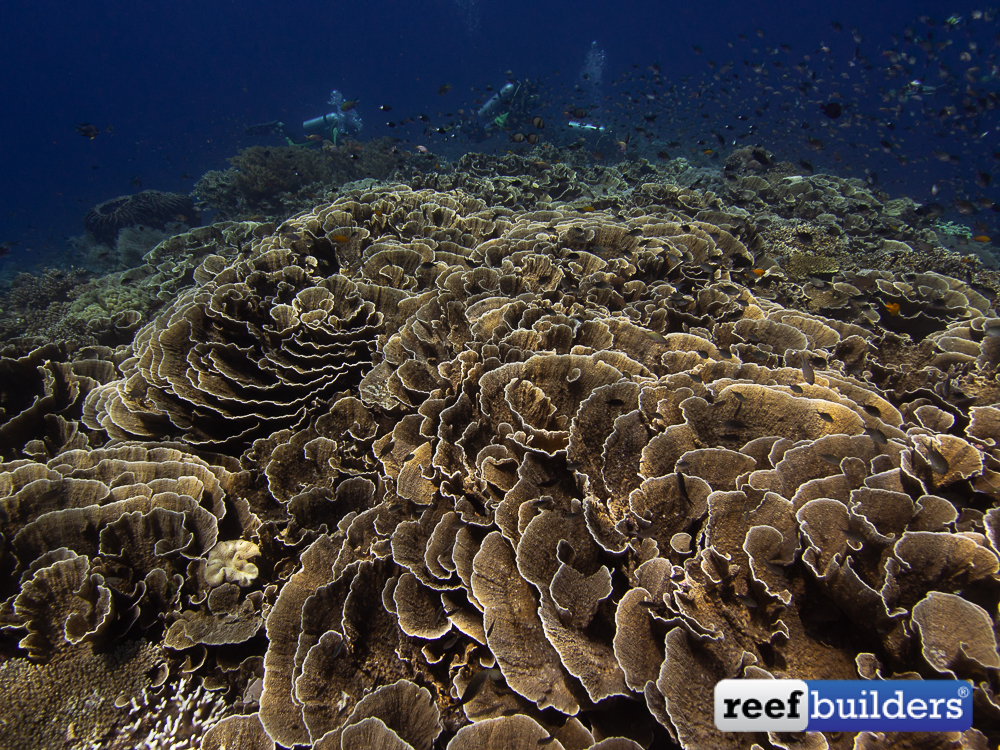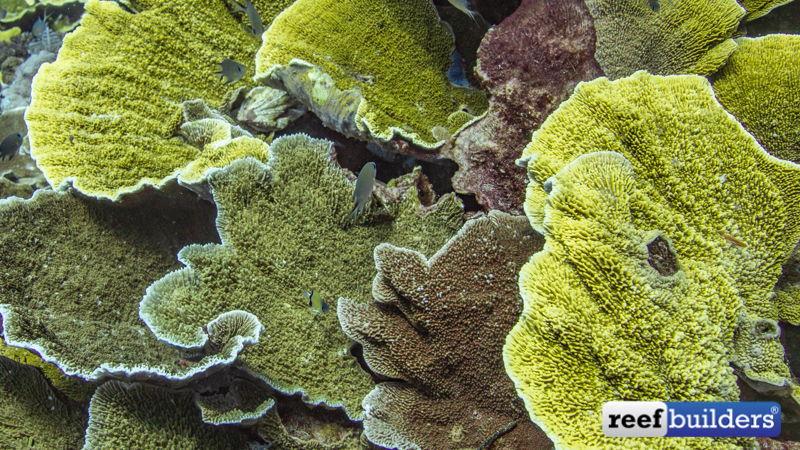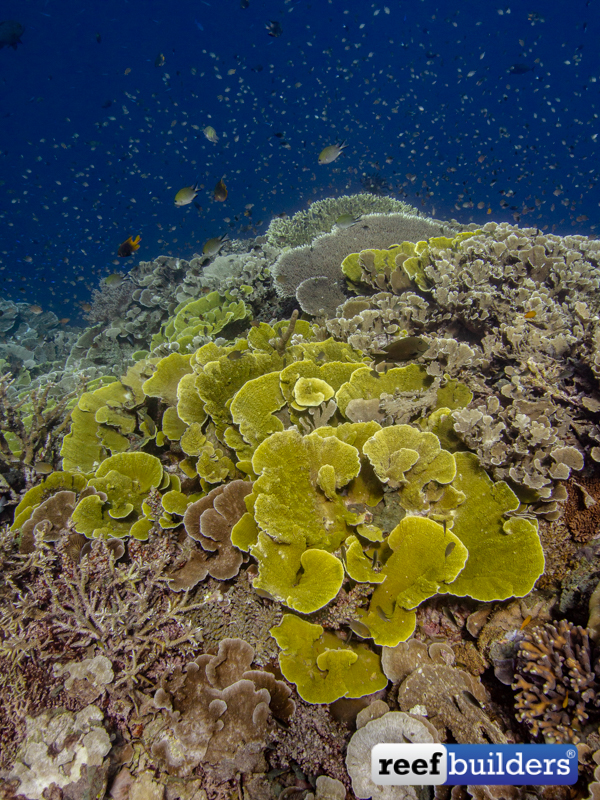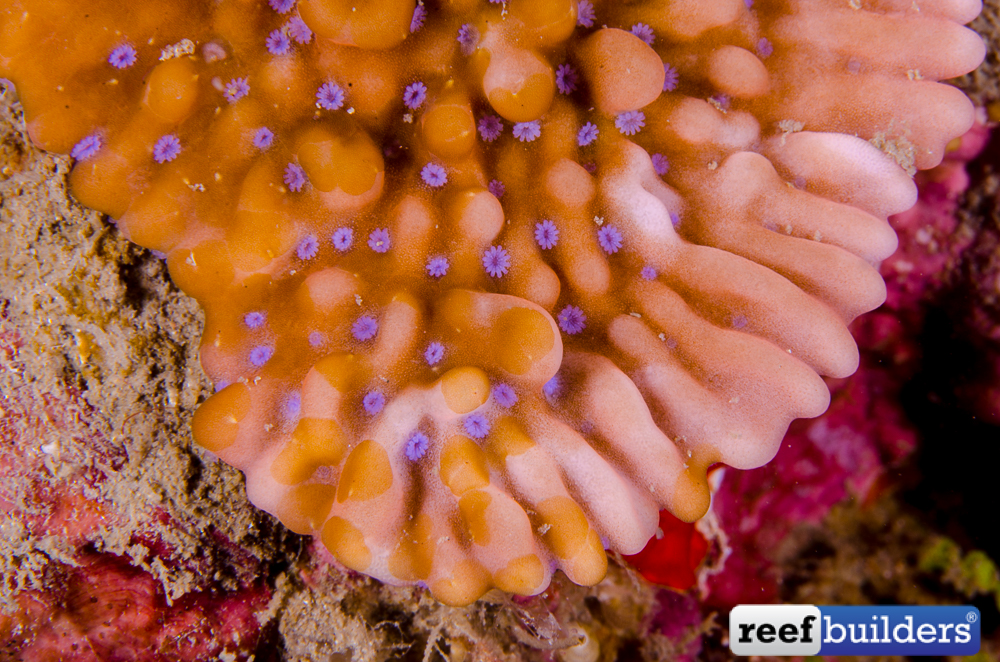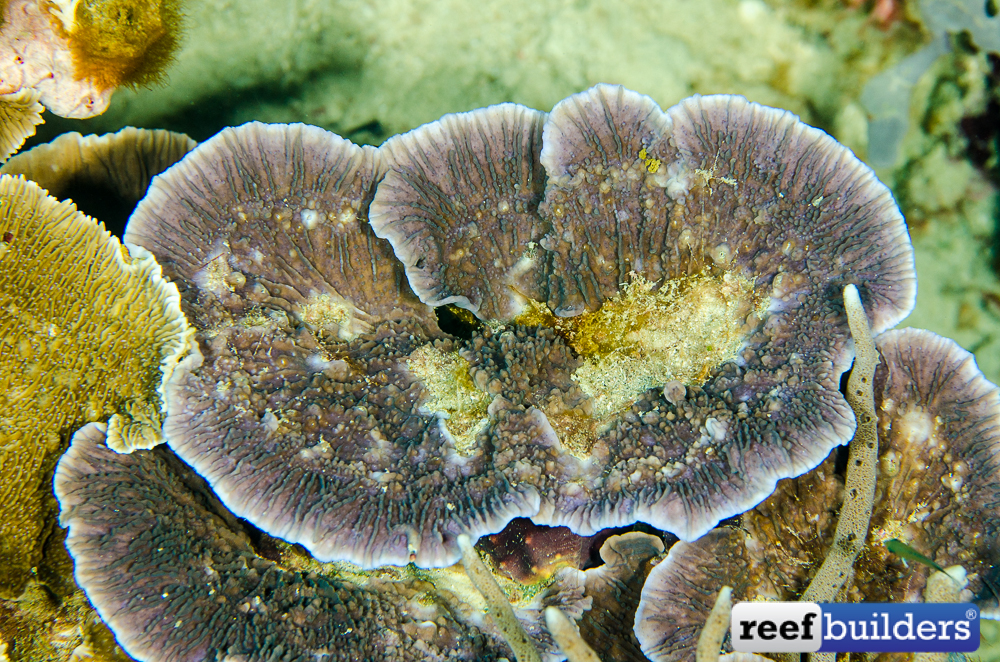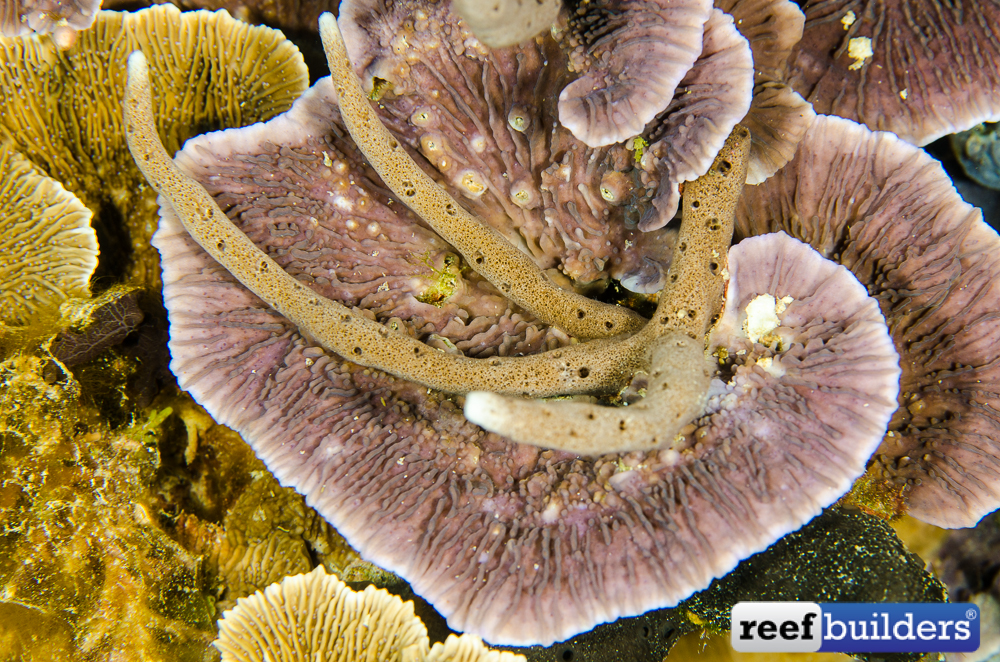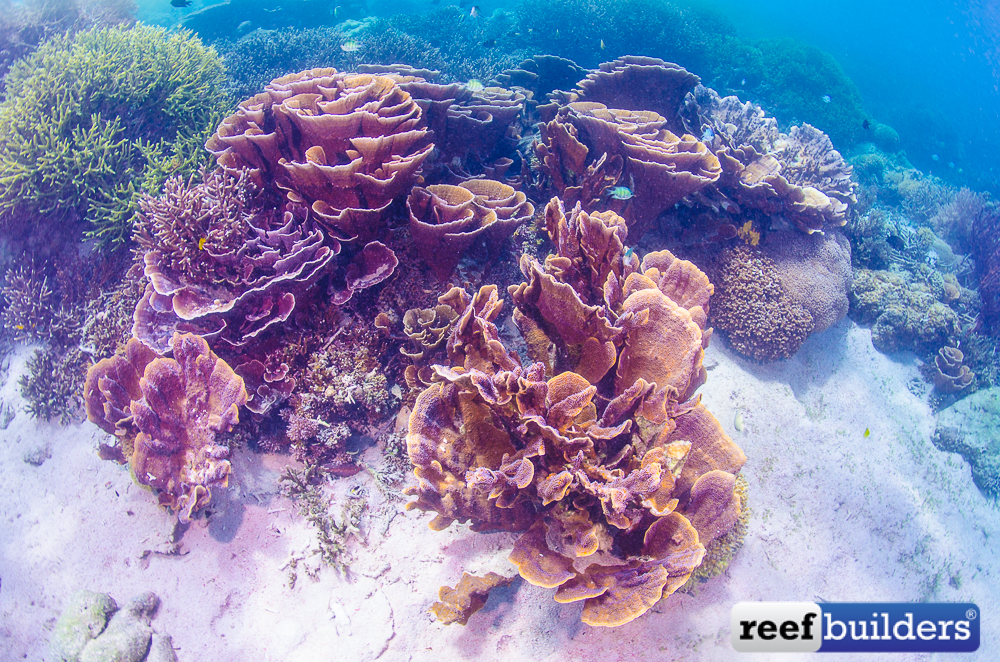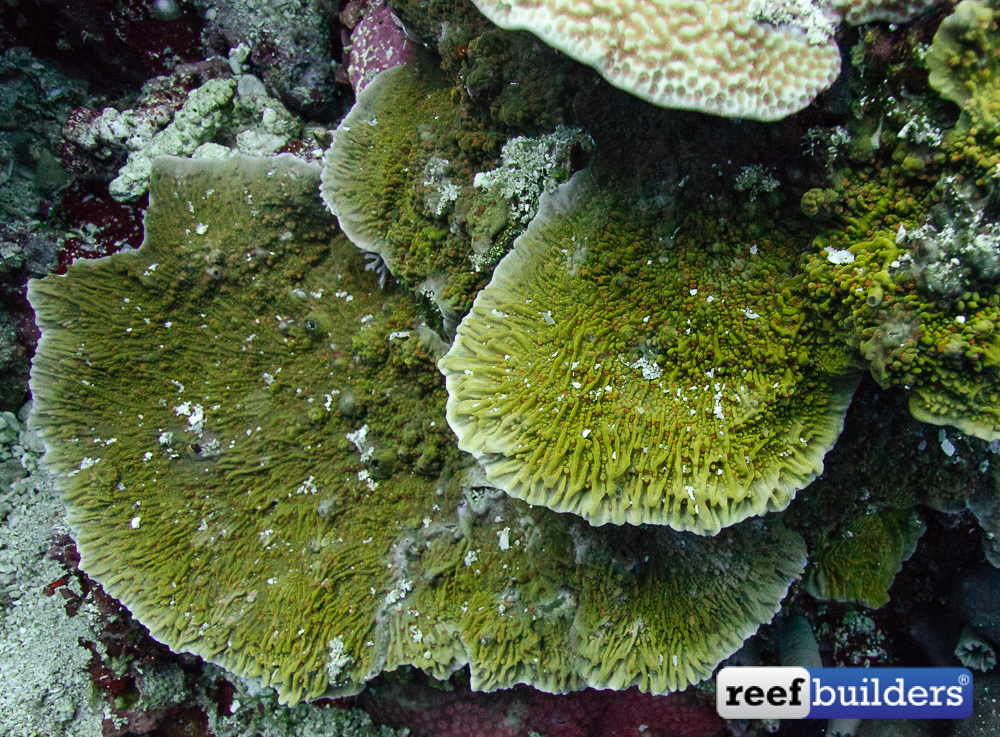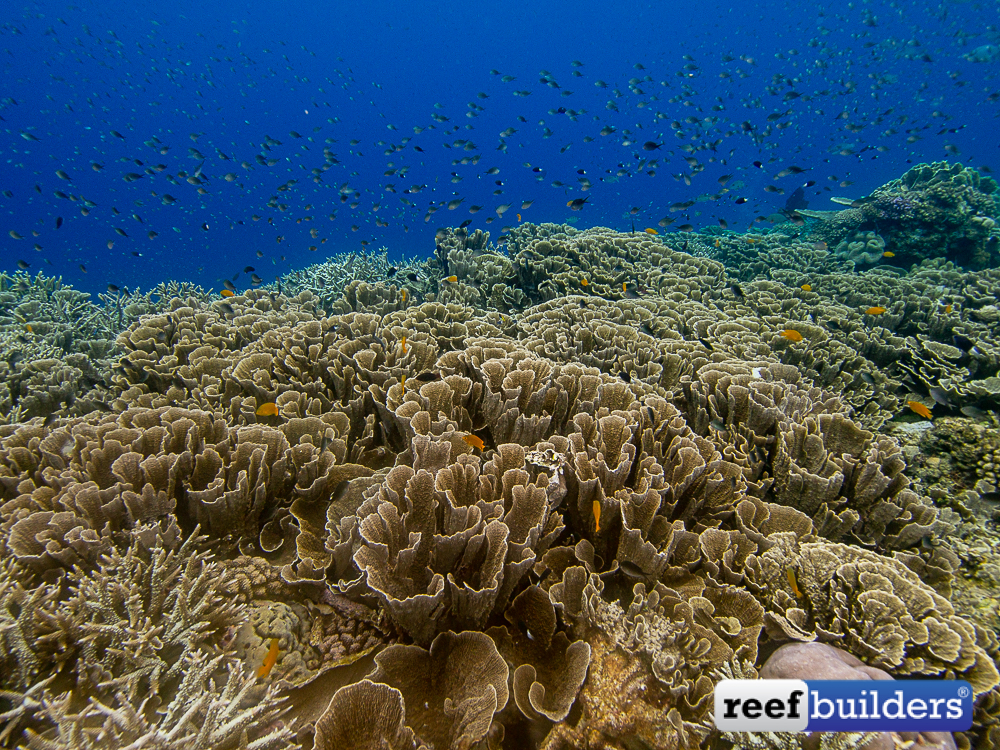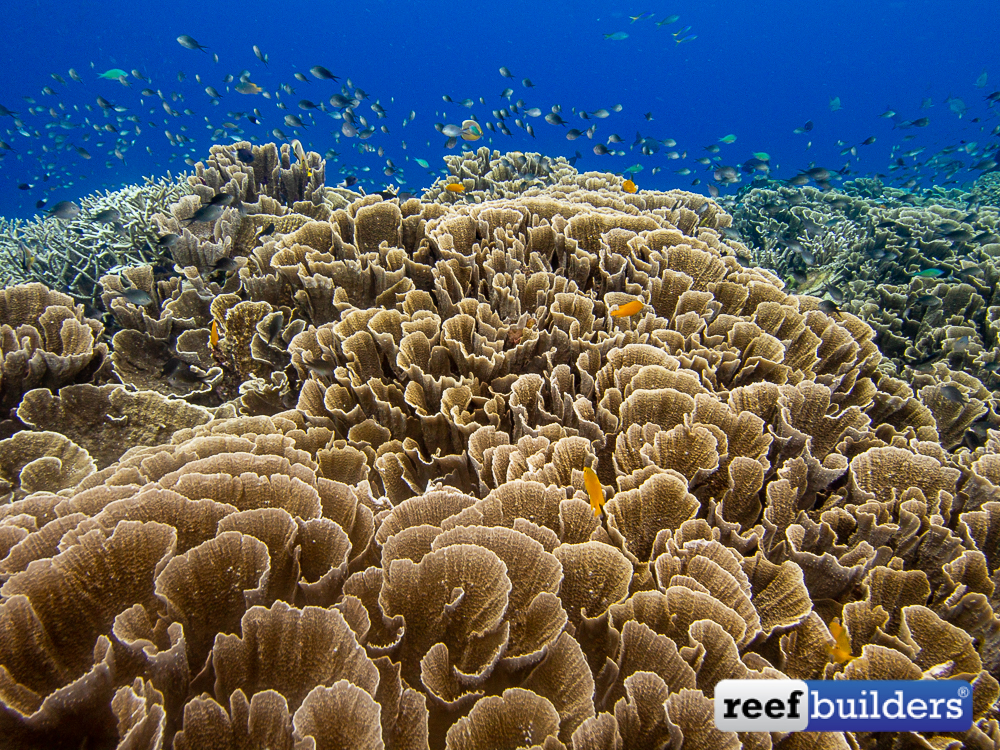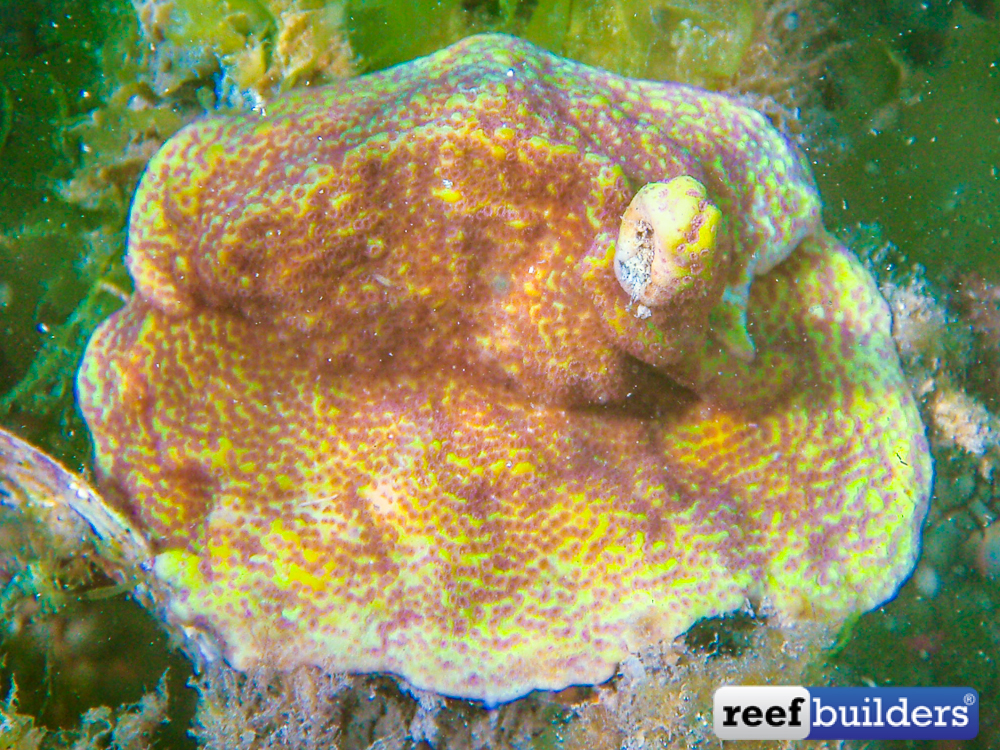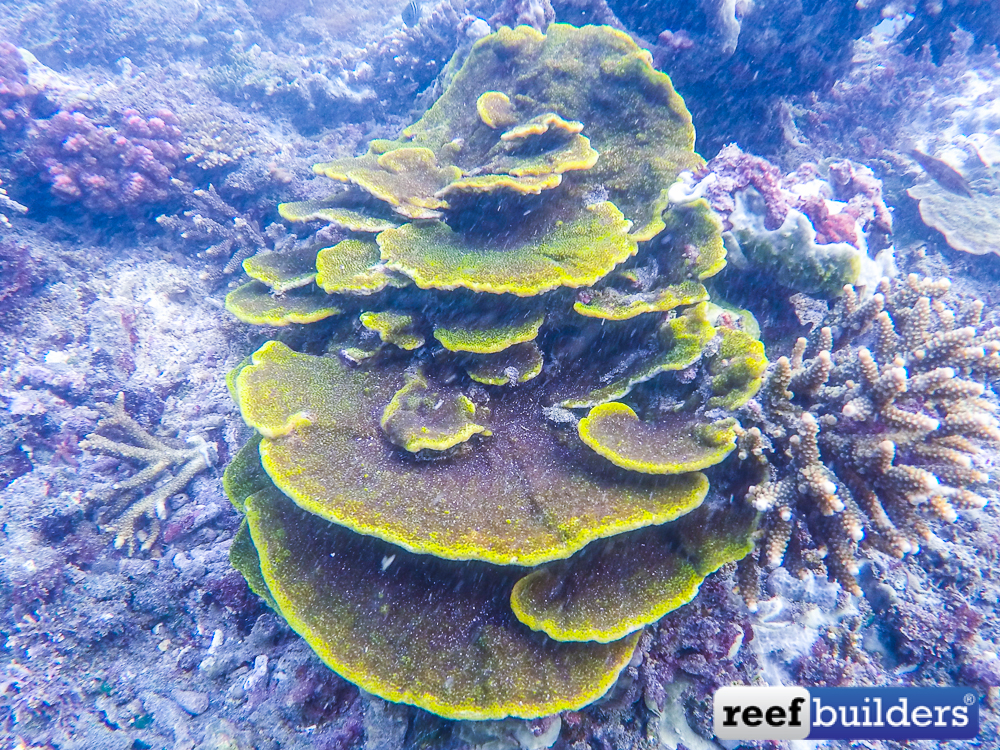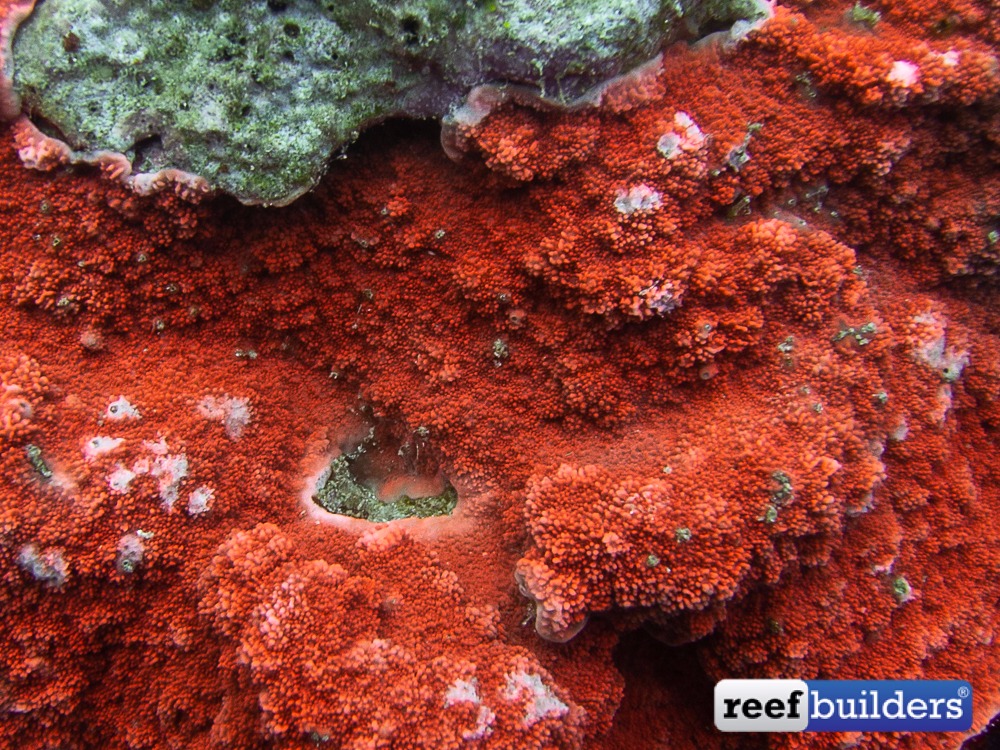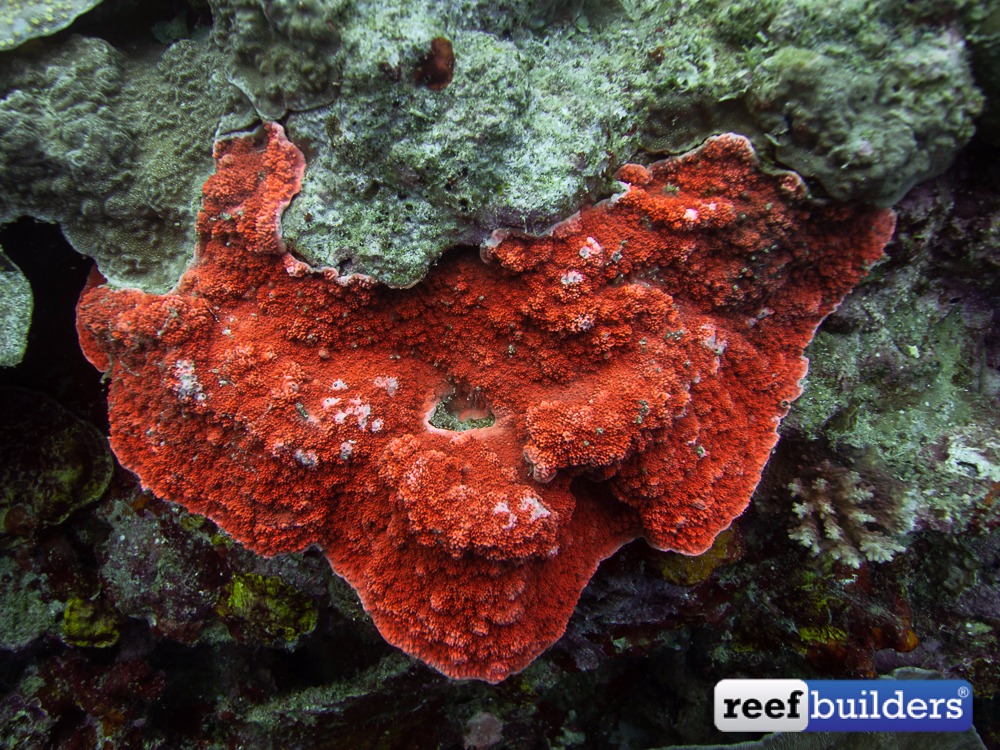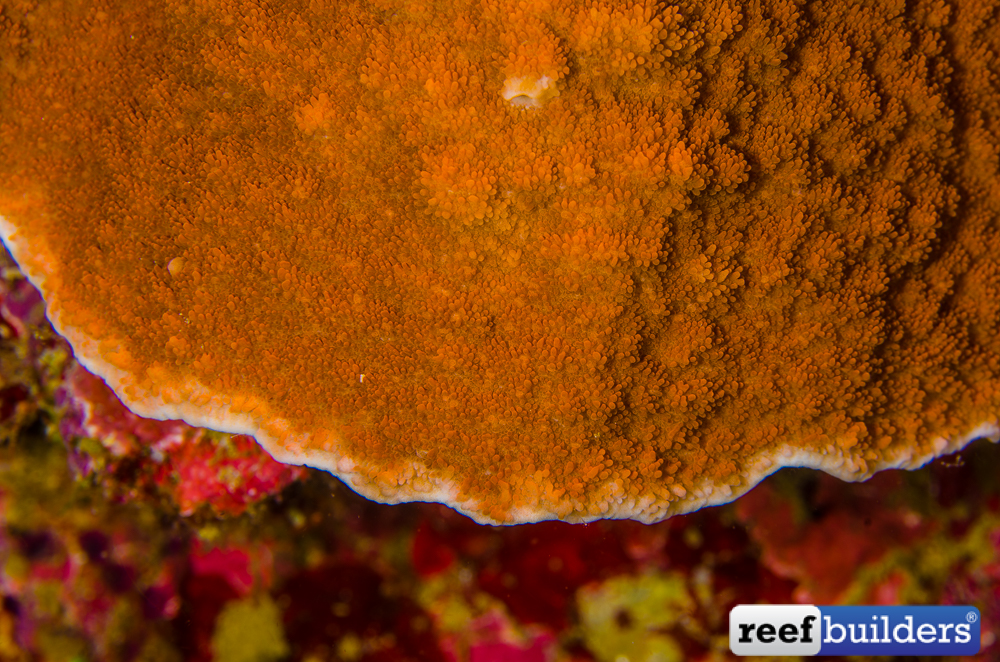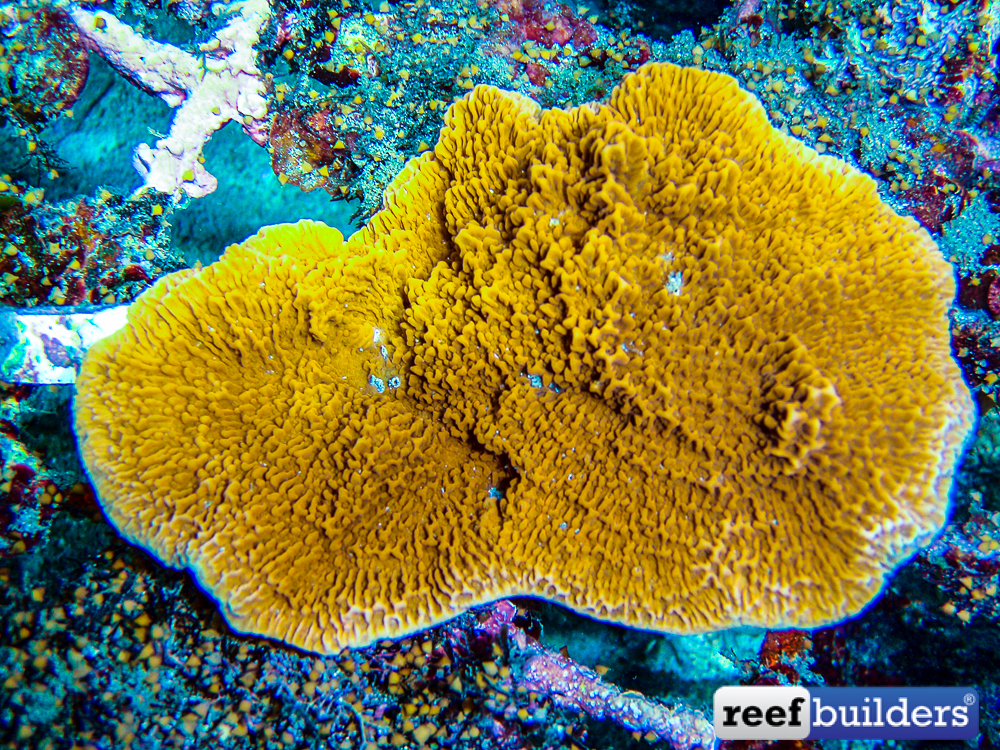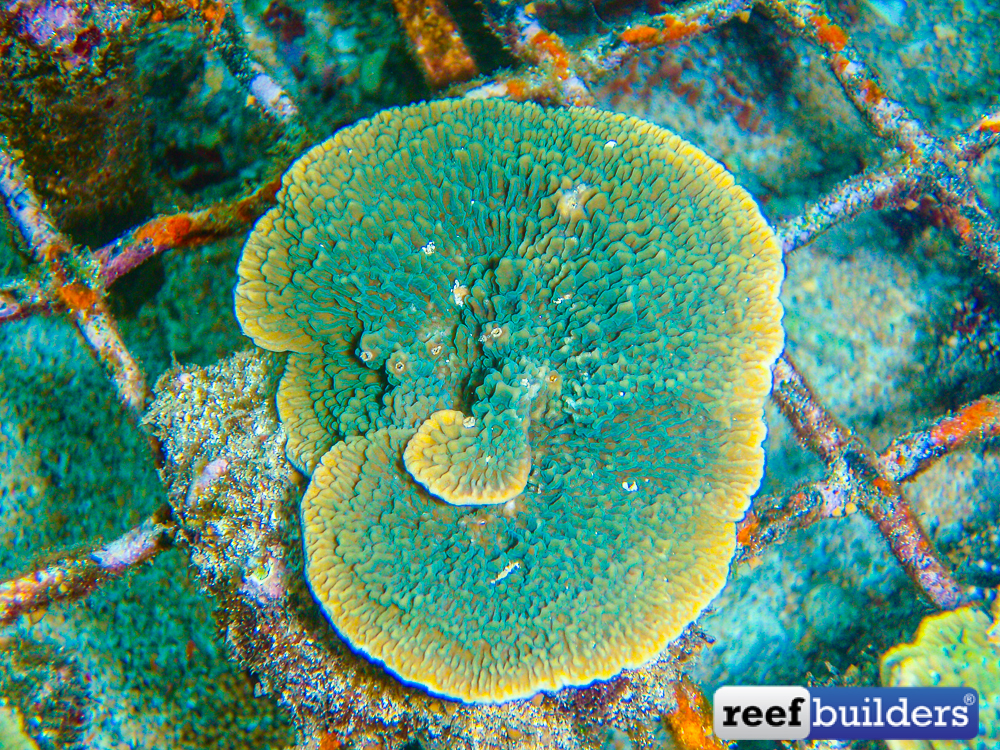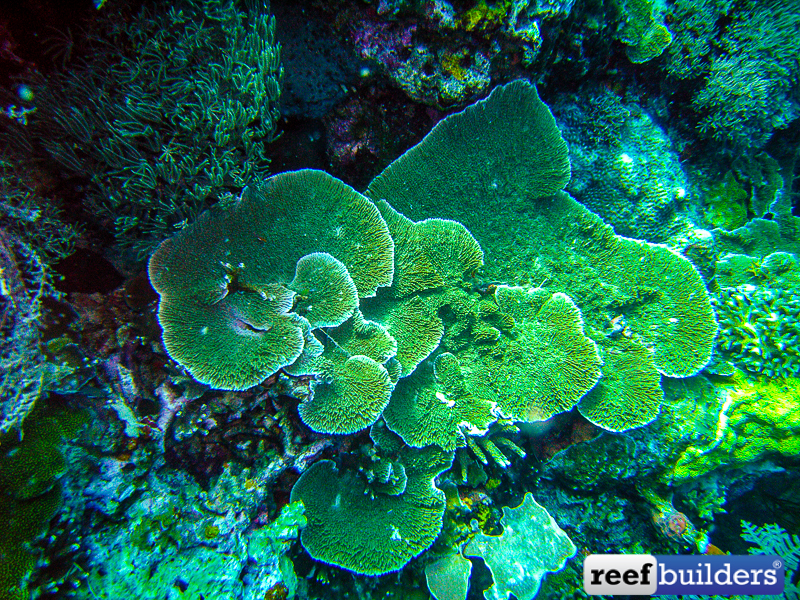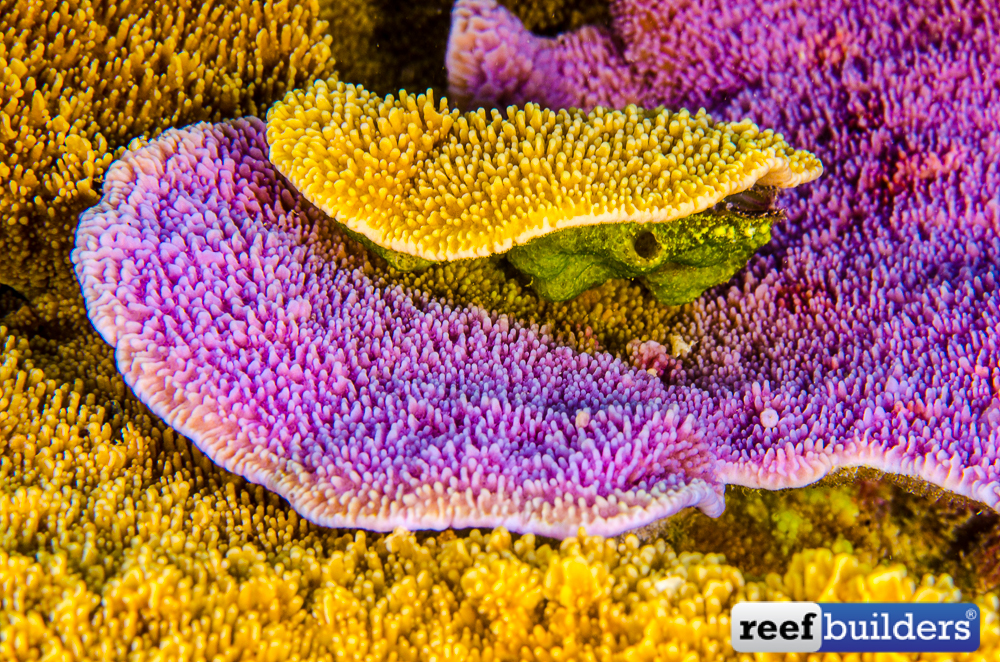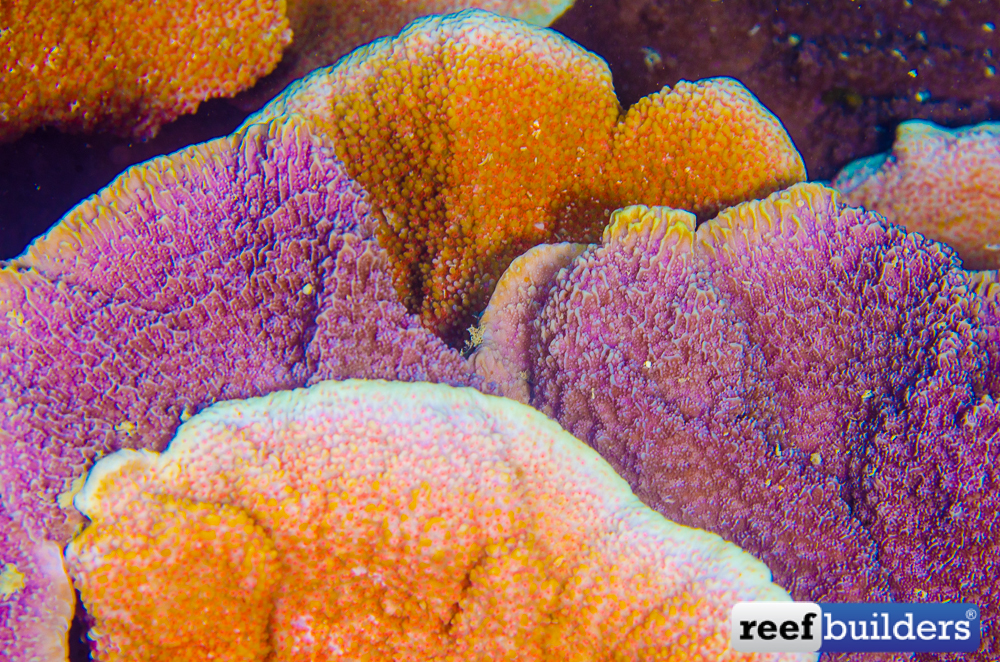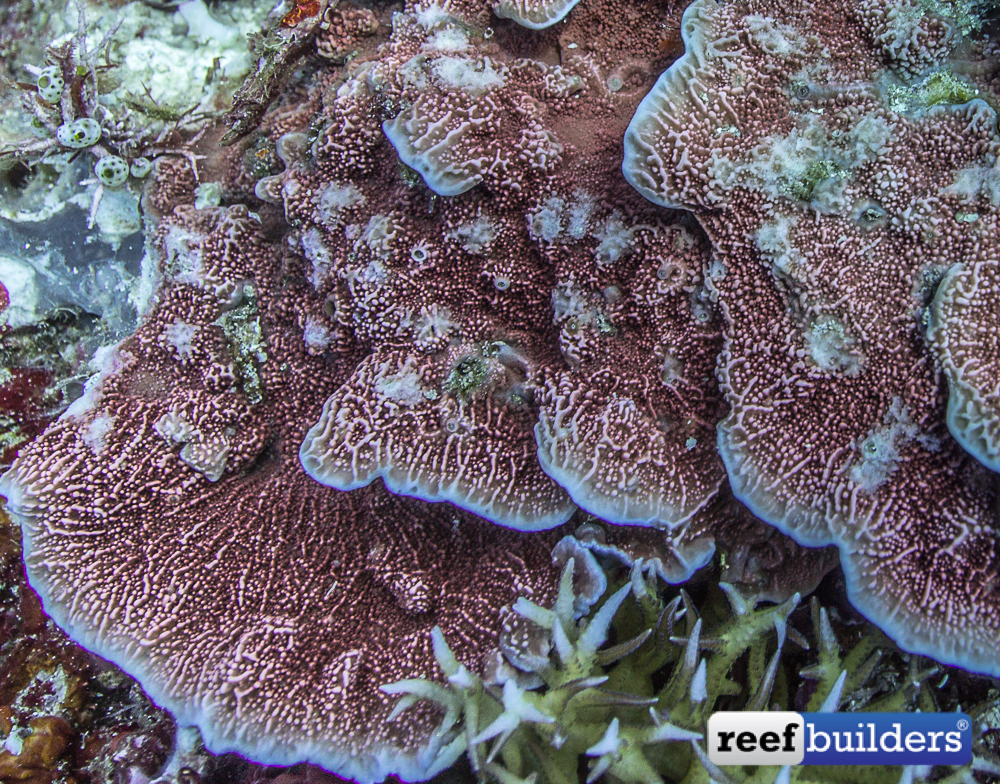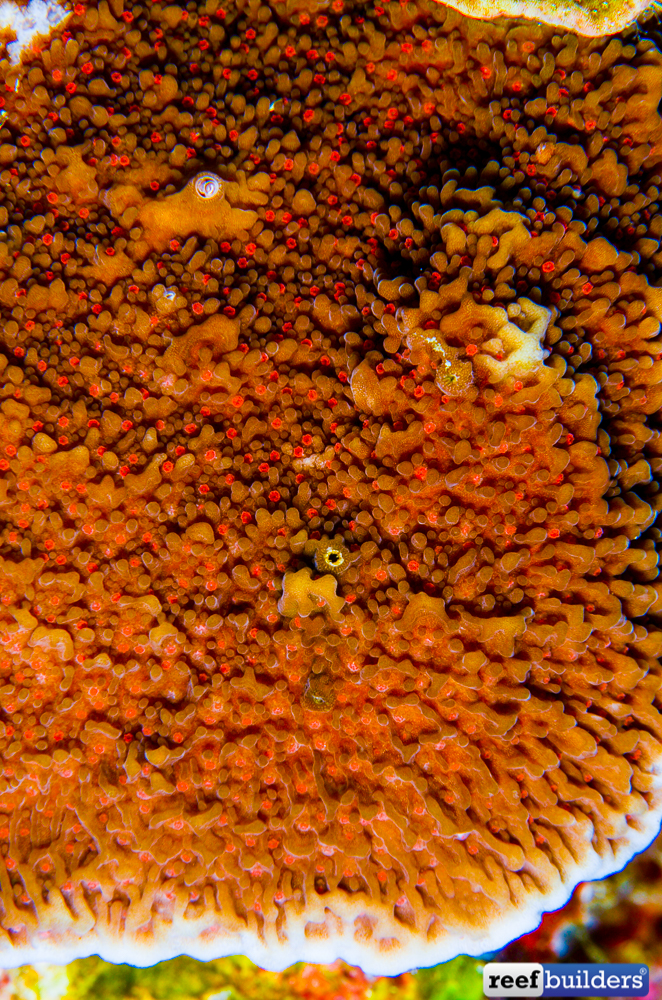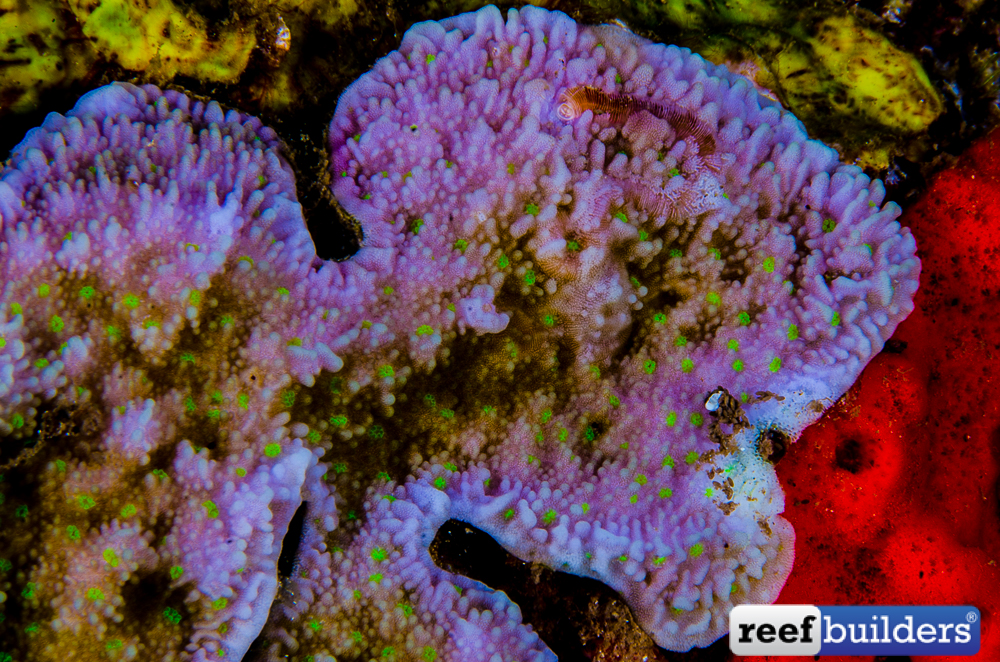Montipora is a beautiful diverse and popular group of aquarium corals with a wide range of colors and forms. With so many species described, it can be quite hard to know where to start when trying to identify a Montipora. Therefore we’re creating a guide to help classify and understand this fascinating group of corals.
Following the first post about Montipora identification, we continue our series with the first two groups of Montipora:
Laminar species with conspicuously radiating coenosteum ridges:
Translation: Colony with a leaf like, cup like shape but with obvious thick radiating ridges over its surface.
This groups is composed of 4 species:
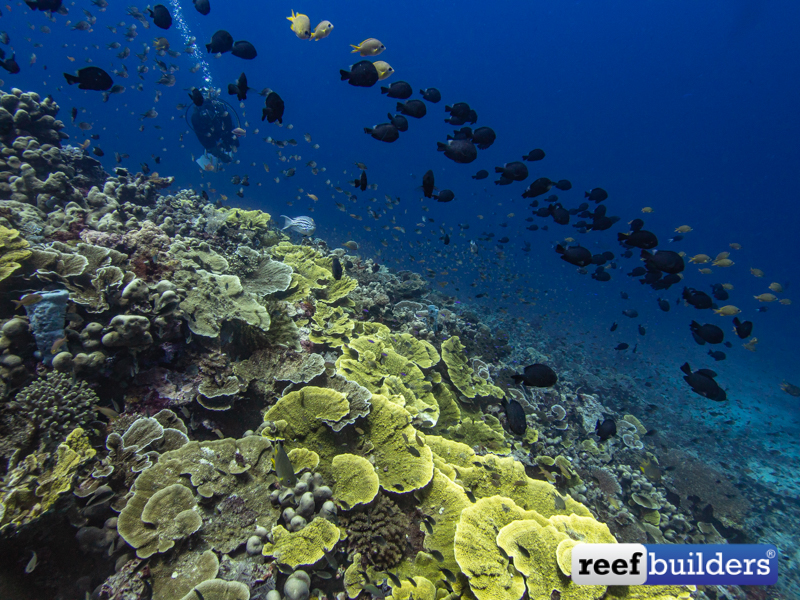
Montipora foliosa
Montipora foliosa is probably one of the most common cup or plating Montipora. It is characterized by very obvious, surface ridges that are perpendicular to the colony margin.They can have sometime tiny papillae.
Montipora cebuensis
Montipora cebuensis is a very popular species, with very thick, irregular, radial surface ridges, that are perpendicular to the colony edge.
Montipora delicatula
Thin laminar plate, with very thin, irregular, radial, pale, surface ridges.
Montipora hodgsoni
Colonies of Montipora hodgsoni produces irregular thin plates. Polyps are very small, and the ridges are radial and irregular. No papillae are present but very small tuberculae that fuse into thin ridges.
Laminar species without conspicuous coenosteum ridges:
Translation: Colony with a leaf like, cup like shape and without any obvious radial ridges on its surface.
This groups is composed of 5 species:
Montipora friabilis
Thicker, spongious, flat laminar colonies, with coarse, smooth surface. No present papillae or tuberculae. Corallite are immersed but clearly visible.
Montipora florida
Thin, fragile, tall, Cup like colony. Surface is flat and rough. Small papillae present but no tuberculae, which give a coarse but flat surface appearance. Very obvious look, easy to recognize.
Montipora aequituberculata
Colonies are encrusting or lamina, often overlapping or tubular. Corallites are immersed surrounded by papillae. They are fused into short ridges, near margin and may form hoods over corallite.
Montipora crassituberculata
A common species, colonies are sub-massive or encrusting plates.This species has thick corallite surrounding and surface papillae, that can form irregular, short, thin ridges toward the edge of the colony.
Montipora capricornis
Colonies are flat or thick, and grow into a scroll or cup shape. Corallites are immersed without surrounding or surface papillae nor tuberculae. The surface is coarse but otherwise devoid of prominent features.
This is the first part, in the next post we will look at some encrusting species.


